Omnious looking mammatus clouds engulfed the sky over Albuquerque, New Mexico on October 9, 2016.
But, in a way that’s so common in nature, their dangerous aspect goes hand in hand with a magnificent beauty.
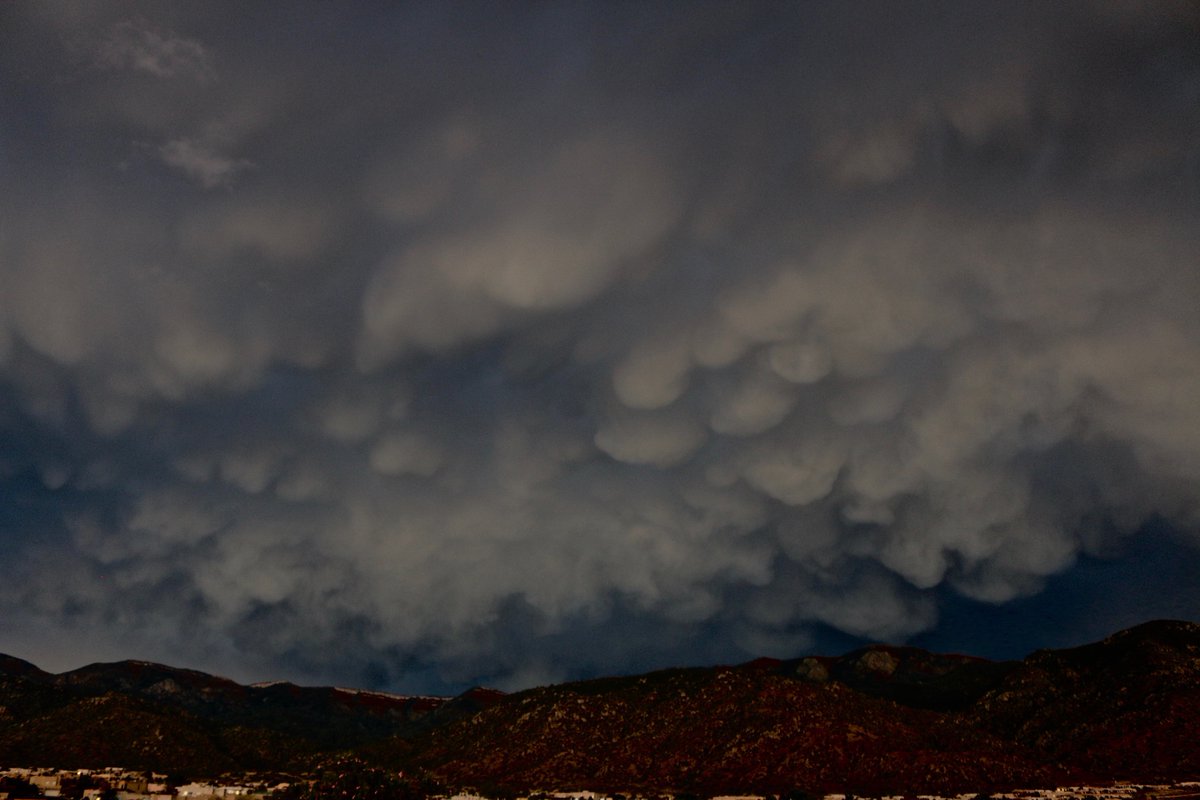
Mammatus clouds are an intriguing enigma of atmospheric fluid dynamics and cloud physics.
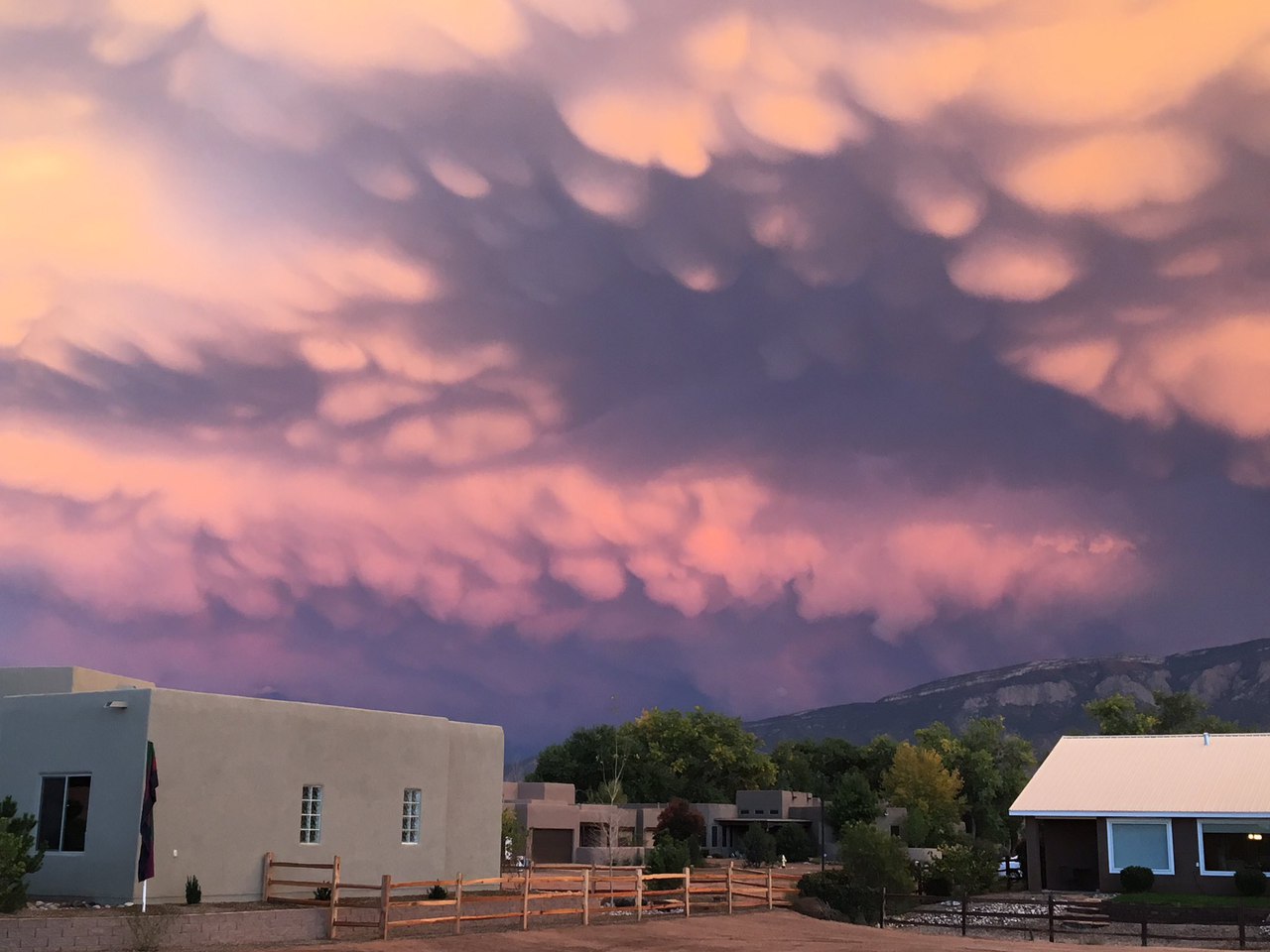
Most commonly observed on the underside of cumulonimbus anvils, mammatus also occur on the underside of cirrus, cirrocumulus, altocumulus, altostratus, and stratocumulus.
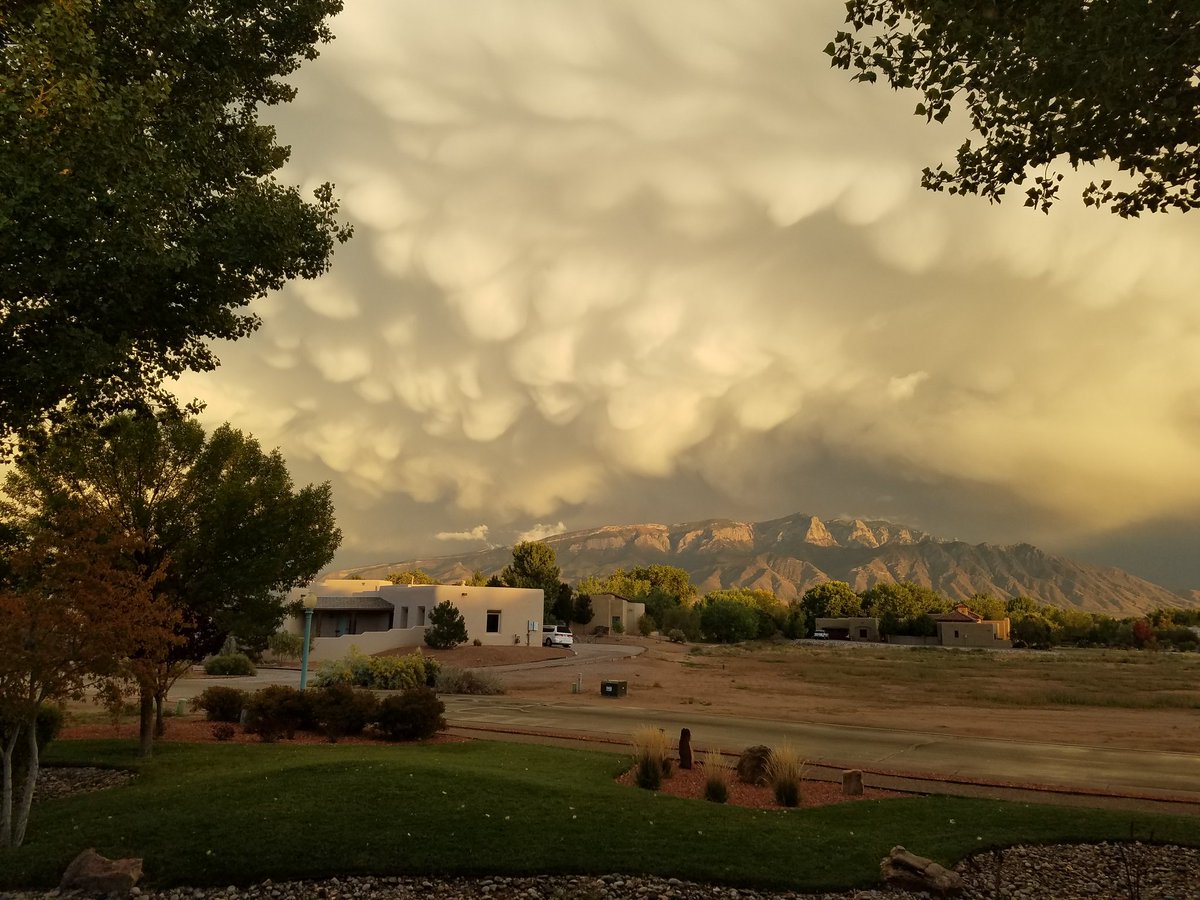
They also form in contrails from jet aircraft and pyrocumulus ash clouds from volcanic eruptions.

Despite their aesthetic appearance, mammatus have been the subject of few quantitative research studies.
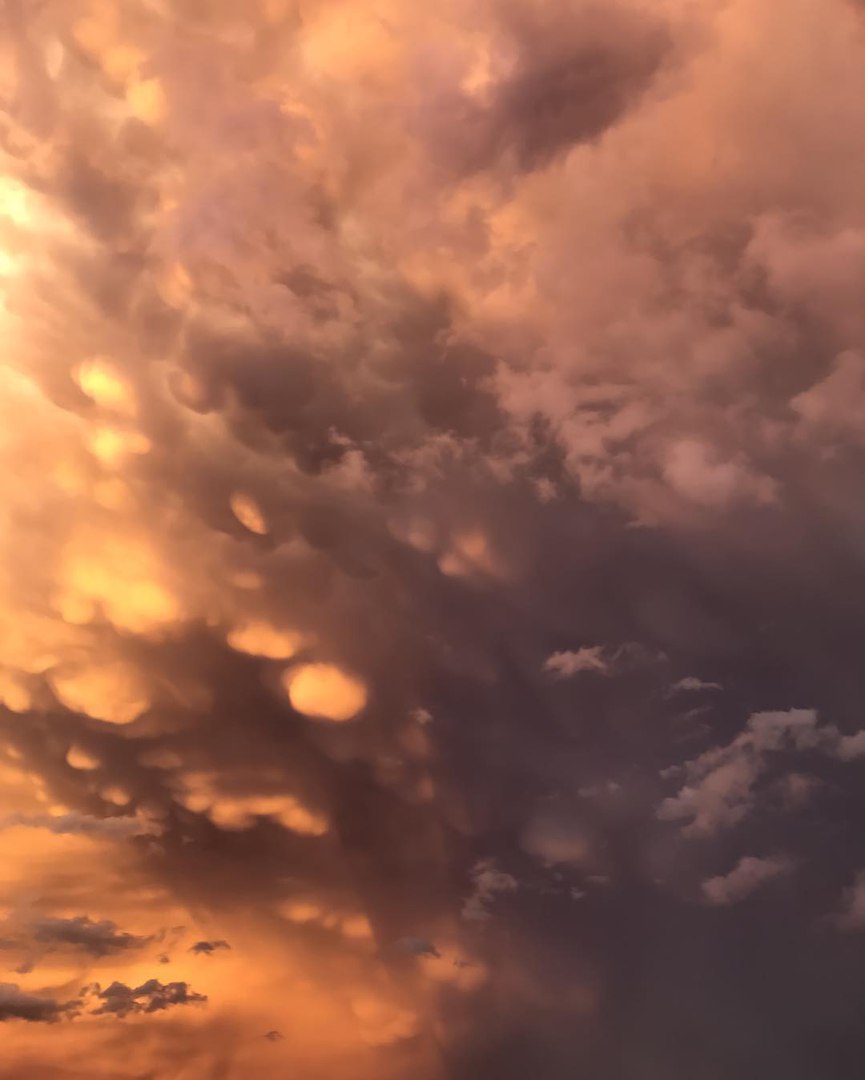
Observations of mammatus have been obtained largely through serendipitous opportunities with a single observing system (e.g., aircraft penetrations, visual observations, lidar, radar) or tangential observations from field programs with other objectives.
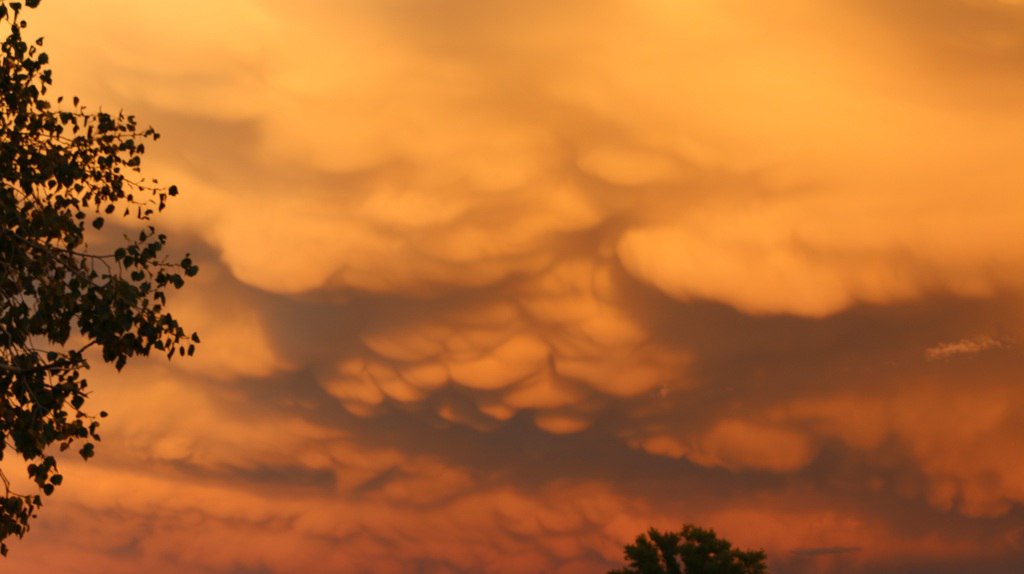
Theories describing mammatus remain untested, as adequate measurements for validation do not exist because of the small distance scales and short time scales of mammatus.
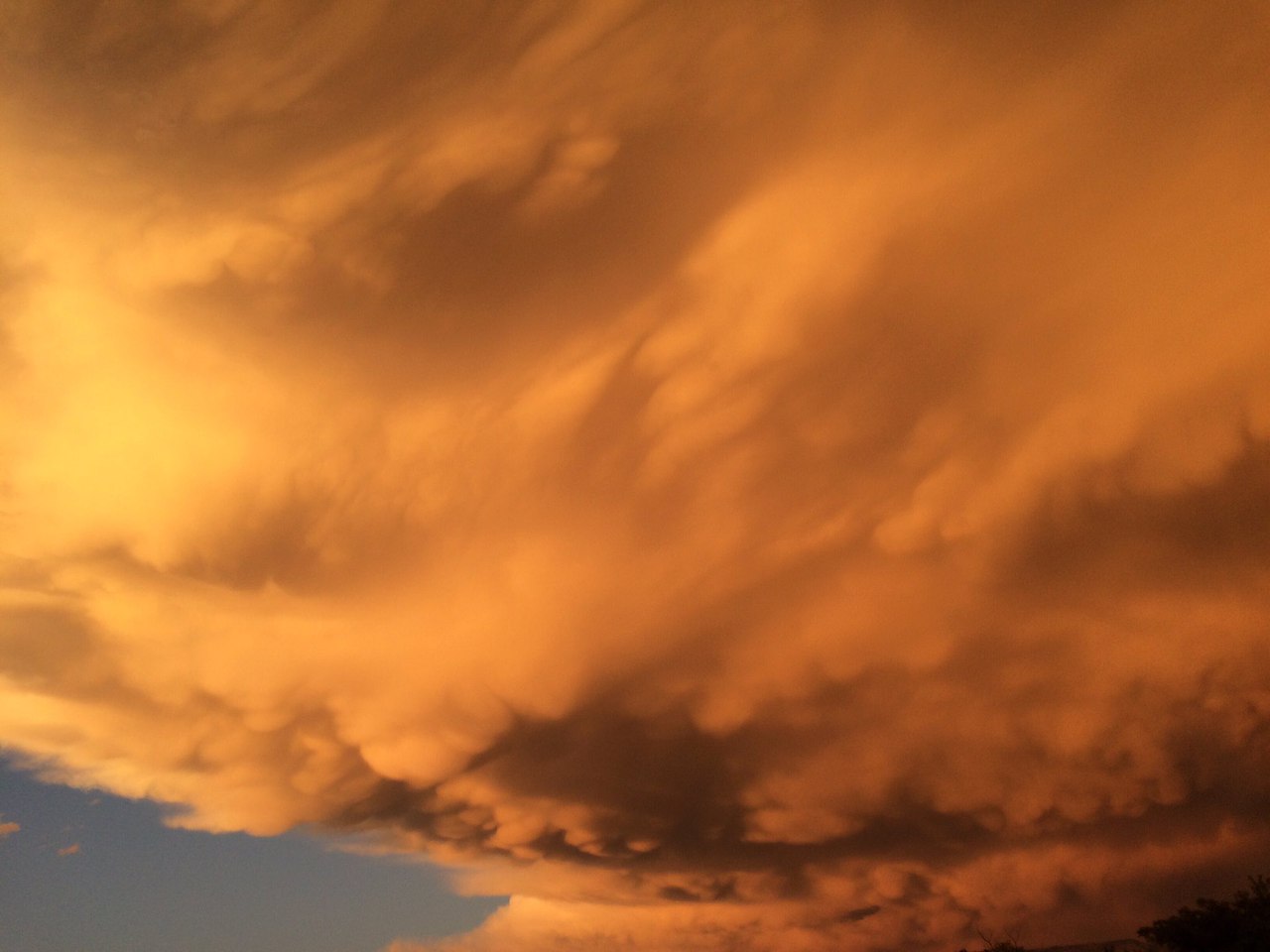
Modeling studies of mammatus are virtually nonexistent. As a result, relatively little is known about the environment, formation mechanisms, properties, microphysics, and dynamics of mammatus.
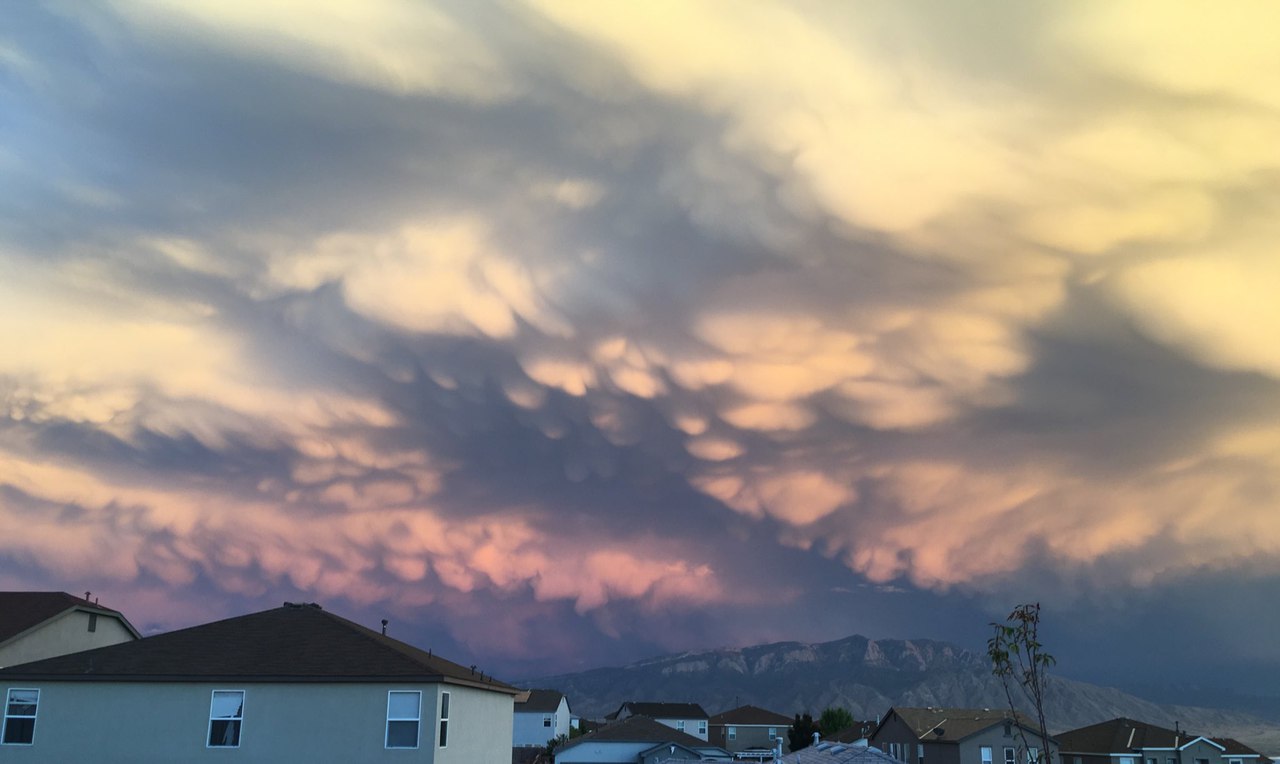
Proposed formation mechanisms are anvil subsidence, subcloud evaporation/sublimation, melting, hydrometeor fallout, cloud-base detrainment instability, radiative effects, gravity waves, Kelvin–Helmholtz instability, Rayleigh–Taylor instability, and Rayleigh–Bénard-like
convection.
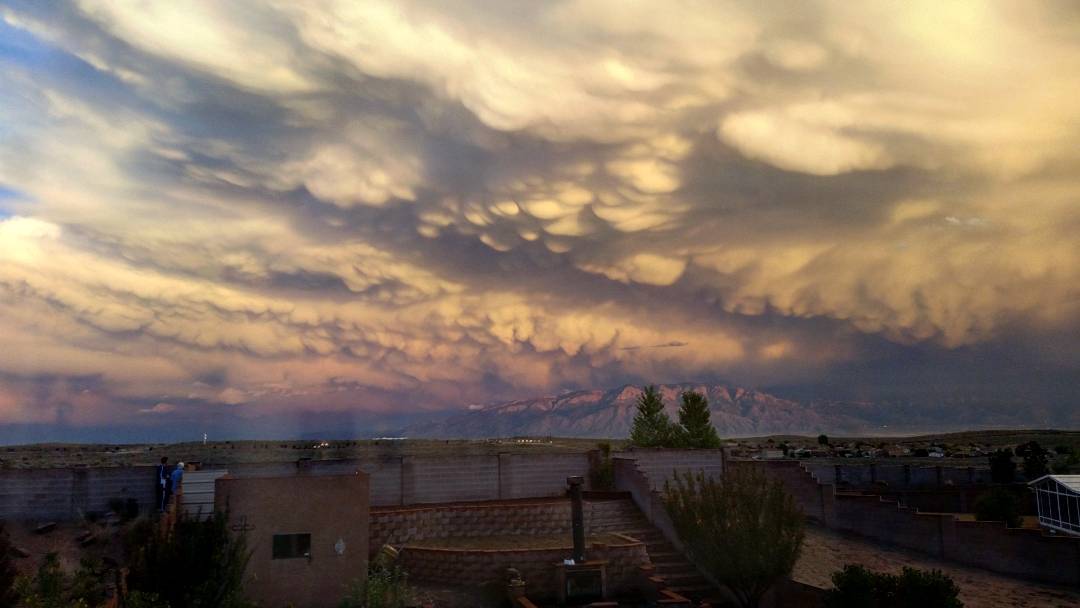
But in mammatus reasearch much still remains to be learned. Can these clouds be used as a window into the microphysical, turbulent, and dynamical processes occurring on the underside of clouds.








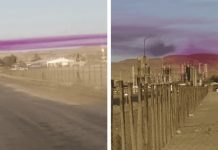




But sure is that the clouds are quite new especially in last times